Facts about Cheyenne

In 1878, the two principal Chiefs, Little Wolf and Morning Star (Dull Knife) pressed for the release of the Cheyenne so they could travel back north.

The central traditional government system of the Cheyenne was the "Council of Forty-Four."

The Cheyenne language is part of the larger Algonquian language group, and is one of the few Plains Algonquian languages to have developed tonal characteristics.

The Cheyenne were pushed to the west after French fur traders armed the Ojibwa.

The Dog Soldiers contributed to the breakdown of the traditional clan system of the Cheyennes.

The Army and other civilian volunteers were in hot pursuit of the Cheyenne as they traveled north.

Today, the Northern Cheyenne Nation is one of the few American Indian nations to have control over the majority of its land base, currently at 98 percent.

The government intended to re-unite both the Northern and Southern Cheyenne into one nation.

That same year a group of 353 Cheyenne left Indian Territory to travel back north.

Following the Battle of the Little Bighorn attempts by the U.S. Army to capture the Cheyenne intensified.

By the end of the eighteenth century, the Ojibwa destroyed the primary Cheyenne village.

During the 1600s and 1700s, the Cheyenne moved from the Great Lakes region to present day Minnesota and North Dakota and established villages.
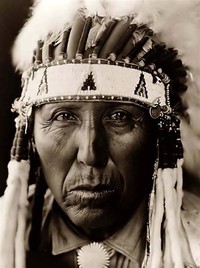
The Cheyenne are a Native American tribe that originally lived in the upper Mississippi Valley and moved north to Minnesota in the sixteenth and seventeenth centuries.
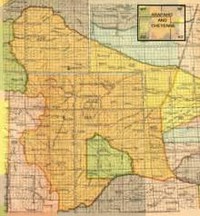
In 1851, the first Cheyenne "territory" was established in northern Colorado, granted by the Fort Laramie Treaty of 1851.

The Cheyenne also came into contact with the neighboring Mandan, Hidatsa, and Arikara nations and adopted many of their cultural characteristics.

Starting in the late 1850s and accelerating in 1859 with the Colorado Gold Rush, European settlers moved into the lands reserved for the Cheyenne and other Plains Indians.

The Cheyenne had very strict rules about behavior inside and outside their family and clan.
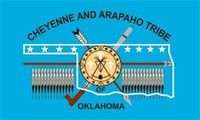
The Cheyenne-Arapaho Tribes of Oklahoma Culture and Heritage Program teaches hand games, powwow dancing and songs, horse care and riding, buffalo management, and Cheyenne and Arapaho language.

In Cheyenne society, the family was the most important unit, then the clan, and then the tribe as a whole.

Cheyenne women were prized for their purity, and were desired as wives only if they were virgins who had behaved properly prior to marriage.

Believing peace had been agreed upon, Black Kettle moved to a camp along Sand Creek in southeastern Colorado along with a group of several hundred Cheyenne and Arapaho.

Studies into whether the Cheyenne ever developed a matrilineal clan system are inconclusive.

By the mid twentieth century Van Gogh was seen as one of the greatest and most recognizable painters in history.

The name Cheyenne itself derives from a Sioux word meaning "foreign talkers.
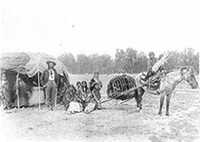
A group of 972 Cheyenne were escorted to Indian Territory in Oklahoma in 1877.

Conditions at the fort grew tense through the end of 1878 and soon the Cheyenne were confined to barracks with no food, water, or heat.

The Cheyenne also had managed to retain their culture, religion, and language intact.

When the Cheyenne were fully adapted to the classic Plains culture, they had a bi-lateral band kinship system.

During the third stage the Cheyenne abandoned their sedentary, farming lifestyle and became a full-fledged Plains horse culture tribe.

The Cheyenne nation is composed of two united tribes, the Sotaeo'o and the Tsitsistas, which translates to "Like Hearted People" or "People who are Alike."

The Northern Cheyenne Nation live in southeast Montana on the Northern Cheyenne Indian Reservation, formerly named the Tongue River Indian Reservation.

The Cheyenne nation comprised ten bands, spread all over the Great Plains, from southern Colorado to the Black Hills in South Dakota.

Through determination and sacrifice, the Northern Cheyenne had earned their right to remain in the north near the Black Hills.

Prior to the peace council held at Bent's Fort in 1840, there was enmity between the Cheyennes and Arapaho on one side and the Comanches, Kiowas, and Plains Apaches on the other.

The Cheyenne traveled to Fort Keogh (present day Miles City, Montana) and settled near the fort.

The Council of Forty-Four was one of the two central institutions of traditional Cheyenne tribal governance, the other being the military societies such as the Dog Soldiers.
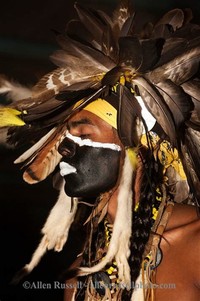
The Northern Cheyenne Nation is preparing to expand the buffalo grazing land to increase and improve the genetic quality of their herd.
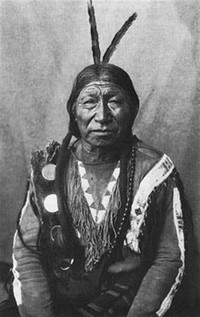
The Northern Cheyenne participated in the Battle of the Little Bighorn, which took place on June 25, 1876.

Cheyenne Chief Black Kettle had asked William Bent, the white husband of a Cheyenne woman, Owl Woman, to persuade the Americans to negotiate peace.

The Cheyenne and Arapaho Tribes are a united, federally recognized tribe of Southern Arapaho and Southern Cheyenne people in western Oklahoma.

The effect of this on Cheyenne society was to exacerbate the social and political rift between the traditional council chiefs and their followers on the one hand and the Dog Soldiers on the other.

The earliest known official record of the Cheyenne comes from the mid-1600s, when a group of Cheyenne visited Fort Crevecoeur, near present-day Chicago.

During this time, the Cheyenne also moved into Wyoming, Colorado, and South Dakota.

Periodically, the Cheyenne bands gathered together for a ceremony in which they performed a series of rituals to renew the arrows and so renew the tribe.

The Northern Cheyenne, along with the Lakota and a small band of Northern Arapaho, annihilated George Armstrong Custer and much of his 7th Cavalry contingent of Army soldiers.

Pressure from migrating Lakota and Ojibwa nations forced the Cheyenne west.
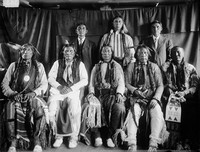
The closest linguistic relatives of the Cheyenne language are Arapaho and Ojibwa (Chippewa).
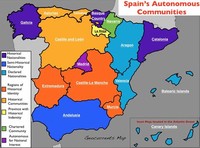
Most other nations were divided into politically autonomous bands, whereas the Cheyenne bands were politically unified.

Nothing is known about the Cheyenne people prior to the sixteenth century.

The Southern Cheyenne, along with the Southern Arapaho, live in central Oklahoma.

The Cheyenne scouts were pivotal in helping the Army find Chief Joseph and his band of Nez Percй in northern Montana.

Four years later, on November 27, 1868, the same Cheyenne band was attacked at the Battle of Washita River.
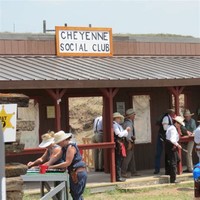
The effect of this on Cheyenne society was to exacerbate the social and political rift between the traditional council chiefs and their followers on the one hand and the Dog Soldiers on the other.

Over the past four hundred years, the Cheyenne have gone through four stages of culture.









